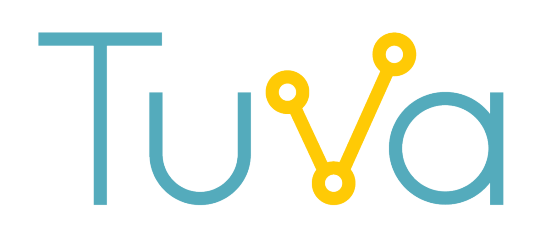By Stephen Farnum – Middle School Science Teacher, Greenwich Public Schools & Tuva K-12 STEM Content Specialist
When I speak with fellow educators about Next Generation Science Standards, they usually tell me they understand “what” NGSS is, but have concerns about “how?”.
How can I help my students meet these expectations? How does my instruction need to change? How am I going to find resources to help?
Tuva is on a quest to help science educators implement NGSS in their classrooms through our growing library of authentic datasets, interactive graphing tools, and ready-to-use activities and lessons.
One aspect of this is to make it easier for teachers to create their own high-quality, NGSS-aligned lessons.
In support of this, I recently collaborated with them to create Characteristics of an Effective Data-Driven Science Lesson, a checklist for teachers to use while creating or improving data-driven lessons which combine science, math, and problem-solving.
I combined input from the NGSS Science and Engineering Practices as well as what I’ve learned from my students as they have developed their understanding of science and math through data analysis.
Once we completed the checklist, we realized that many teachers would like to see these characteristics of a data-driven science lesson in action.
Exemplar Science Lesson on Tuva
I created a lesson titled “How to Mitigate Hurricane Damage” to show one way of applying these characteristics to create an NGSS-aligned learning activity on Tuva.
I began with NGSS Middle School DCI:
“Analyze and interpret data on natural hazards to forecast future catastrophic events and inform the development of technologies to mitigate their effects” (MS-ESS3-2).
I searched the Tuva Datasets library to find a dataset titled – Hurricane Sandy, Her Brother and Sisters – that was relevant to the DCI. The source of the dataset is NOAA’s National Climate Data Center, and it has 654 Data Points (or cases) and 7 Attributes.
I used Tuva’s graphing tools to explore relationships between different attributes. Noticing correlations between hurricane latitude, frequency, and severity, I designed a task that would guide students to investigate these relationships:
“Create an evidence-based proposal for where a new hurricane mitigation structure should be placed”
You can checkout the finished activity here, and feel free to use it in your classroom during your next Earth Science activity!

Tuva NGSS Resources
The ability to easily find and create open-ended and student-centered learning activities shows Tuva’s potential as a tool for aligning K-12 STEM curricula with NGSS.
If NGSS leaves you wondering “how?”, Tuva’s NGSS resources are a great place to start.
